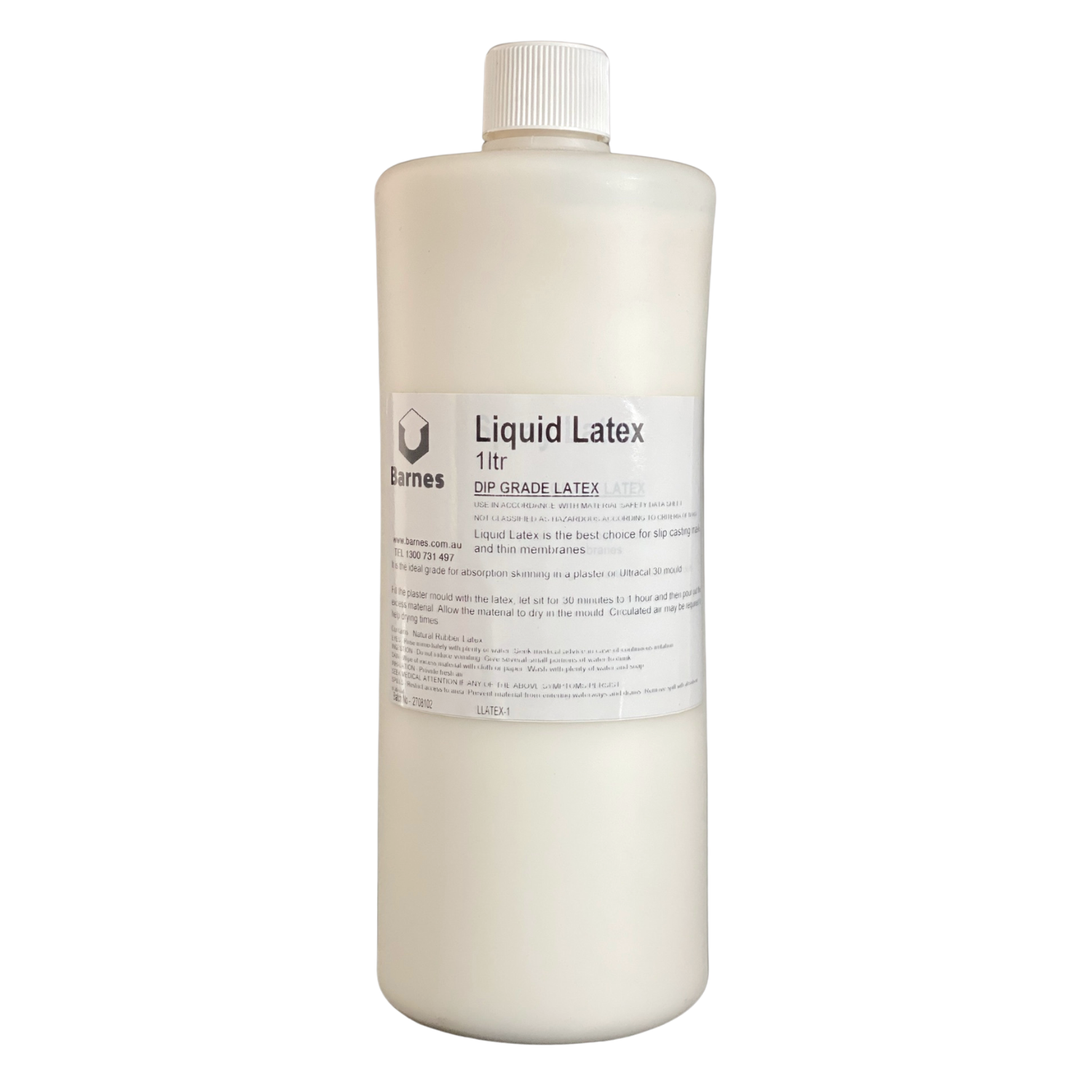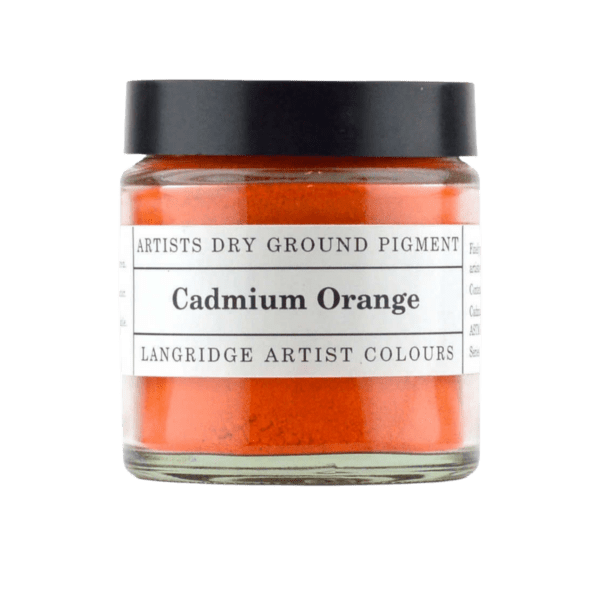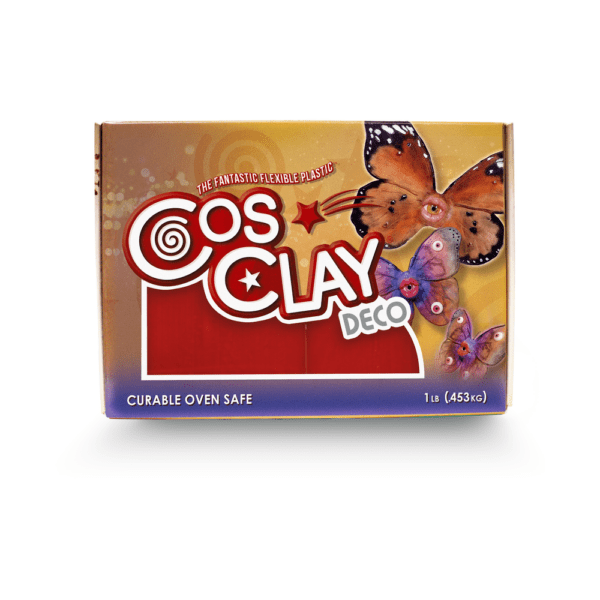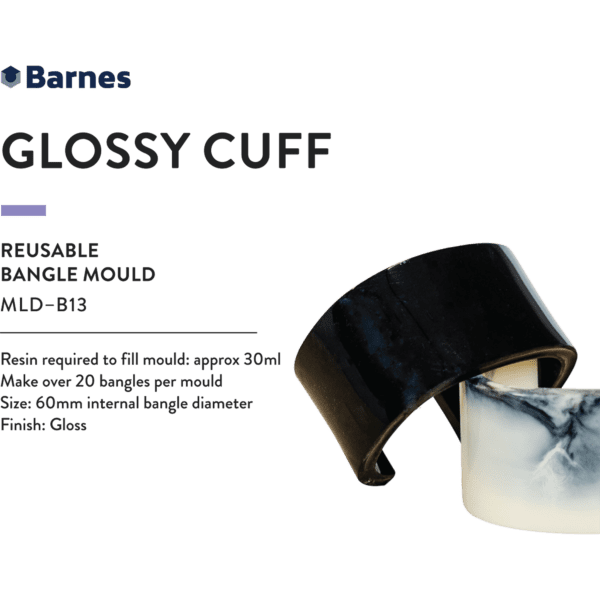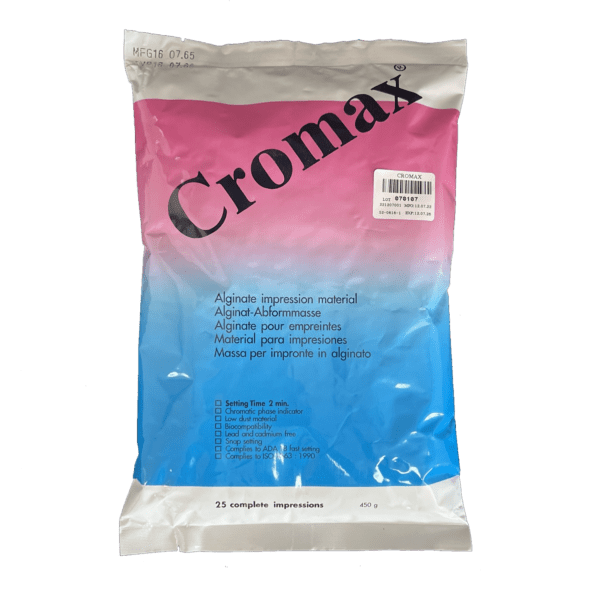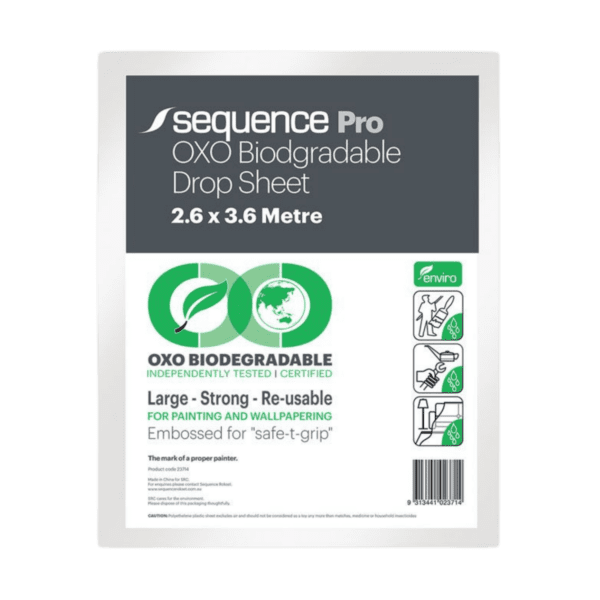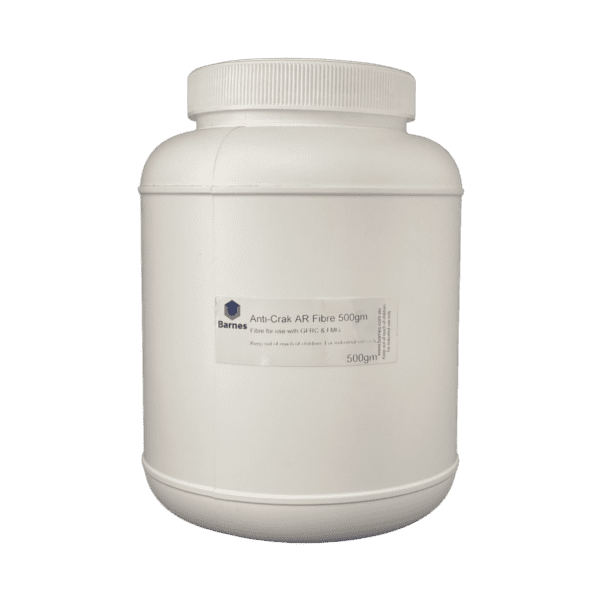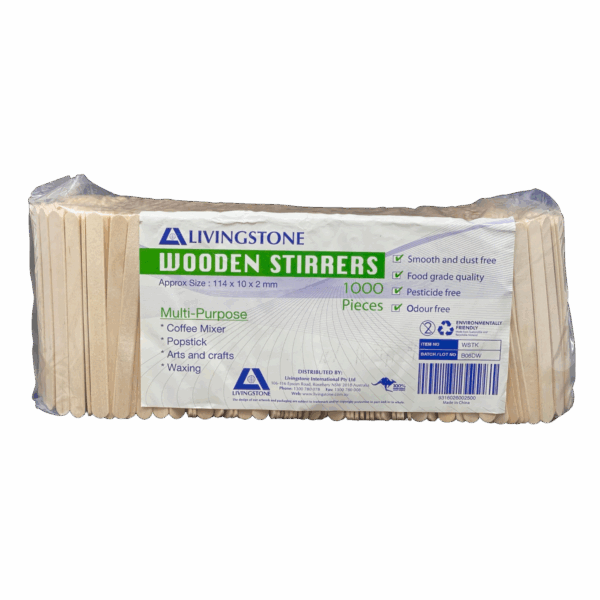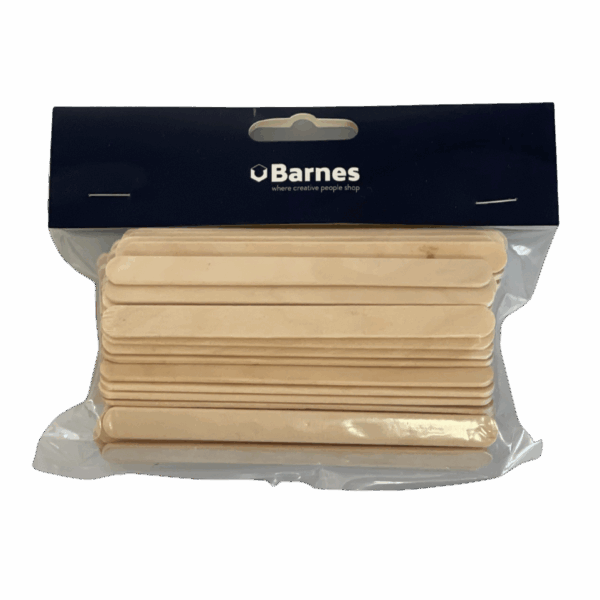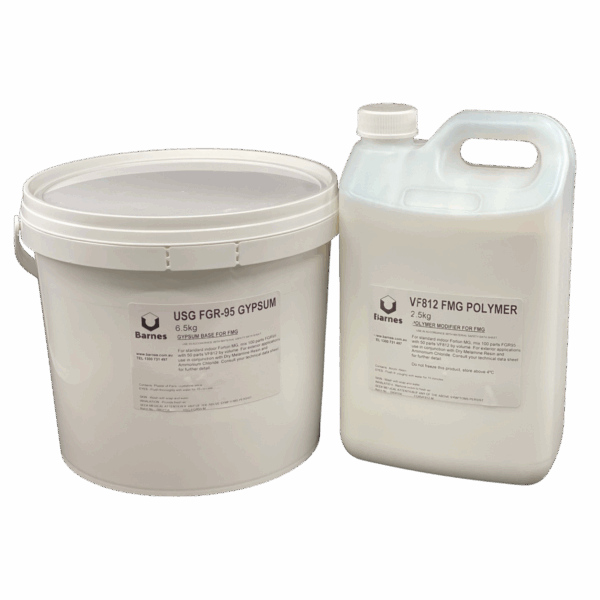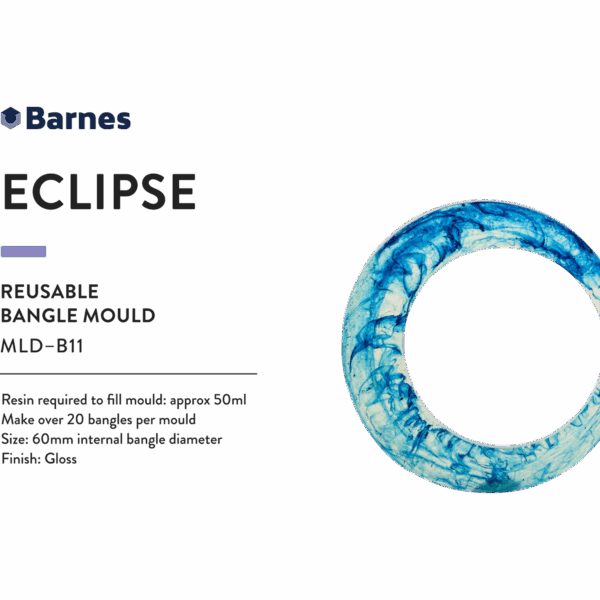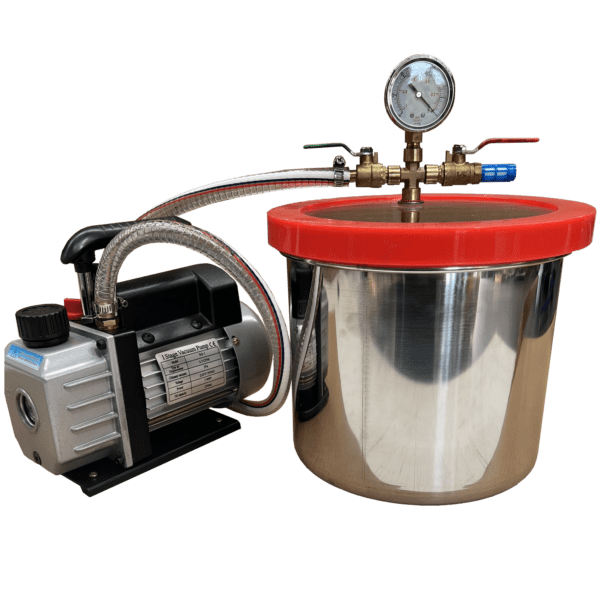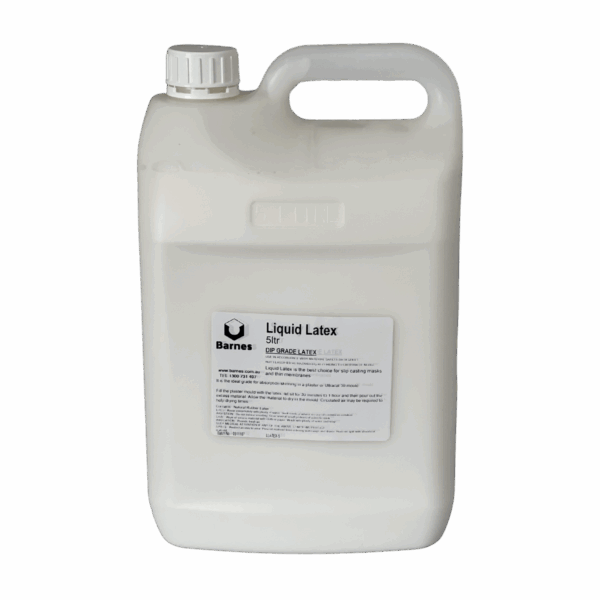Liquid Latex for Dip/Spray/Immersion
Liquid Latex is still one of the most widely used materials for flexible mould making. This natural latex material has been pre-vulcanized to give it maximum elongation and excellent return memory without permanent distortion. Superb for use as a skin for polyurethane foams, brush casting into all types of mould materials, or into porous moulds by slush casting or absorption skinning. Liquid latex may be easily painted with most acrylic-based paints. Cosplayers can also use this for scars and wounds and other cosplay details.
For dipping/immersion or spray applications we suggest our Liquid Latex. If a thinner viscosity is required for the first print coat, the Brush Latex may be diluted with a small amount of Liquid Latex or distilled water. Brush from the top of the model to the bottom and continue out from the base to a distance of at least 4cm on the supporting substrate (flange area). Apply every coat of latex to this flange area, not just the first. When dry the excess film provides a useful handle in casting operations.
The first coat should be dried at room temperature (23 – 25 deg. C) in order to minimize lifting from the master. Once the first coat is completely dry to touch subsequent coats may be applied. Drying between coats may be carried out at room temperature. To speed up the process the drying temperature can be increased up to a maximum of 50 deg. C. If no heat is available, directing air flow across the surface of the model at room temperature will speed the drying.
Slip casting or Absorption Skinning will provide a rapid build of rubber and give a mould that is of more uniform thickness. This provides a more aesthetically pleasing rubber product. There are no brush marks to spoil the appearance. The ideal method for slush (slip) casting of latex is to start with a completely dry plaster mould or pattern. Other types of stone tend to be less porous and therefore absorb less moisture from the latex. Non-porous masters have poor results. Brush or Liquid Latex will both work, however the thinner Liquid Latex (dip grade) will release the bubbles much faster.
Fill your mould to the top with latex and let sit for 30 – 45 minutes (or longer) depending on required finished thickness. 30 minutes should give at least 1mm dried film thickness. Pour the un-coagulated latex back into the original container for re-use. A wet film of approximately 2mm will remain gelled on the inner face of the mould. Leave the mould to drain and even out the coating. Dry this coating at room temp for at least a day. Fill and drain again for increased thickness. Dry the coating by blowing warm air into the cavity. Dust the inside face with talcum powder before attempting to de-mould the latex skin. There may be times when there is insufficient latex to fill a very large mould. The mould may be partially filled and then rolled or slushed around until the required film thickness is obtained. Take care to build up the latex as evenly as possible. Pour out excess latex and dry as previously.
Note. Do not use excessive heat as this may:
• Promote shrinkage
• Cause cracking
• Trap moisture in the film
• Lead to low tensile strength
• Cause delamination between layers
Please read the TDS under the Technical Documents section for more information.

